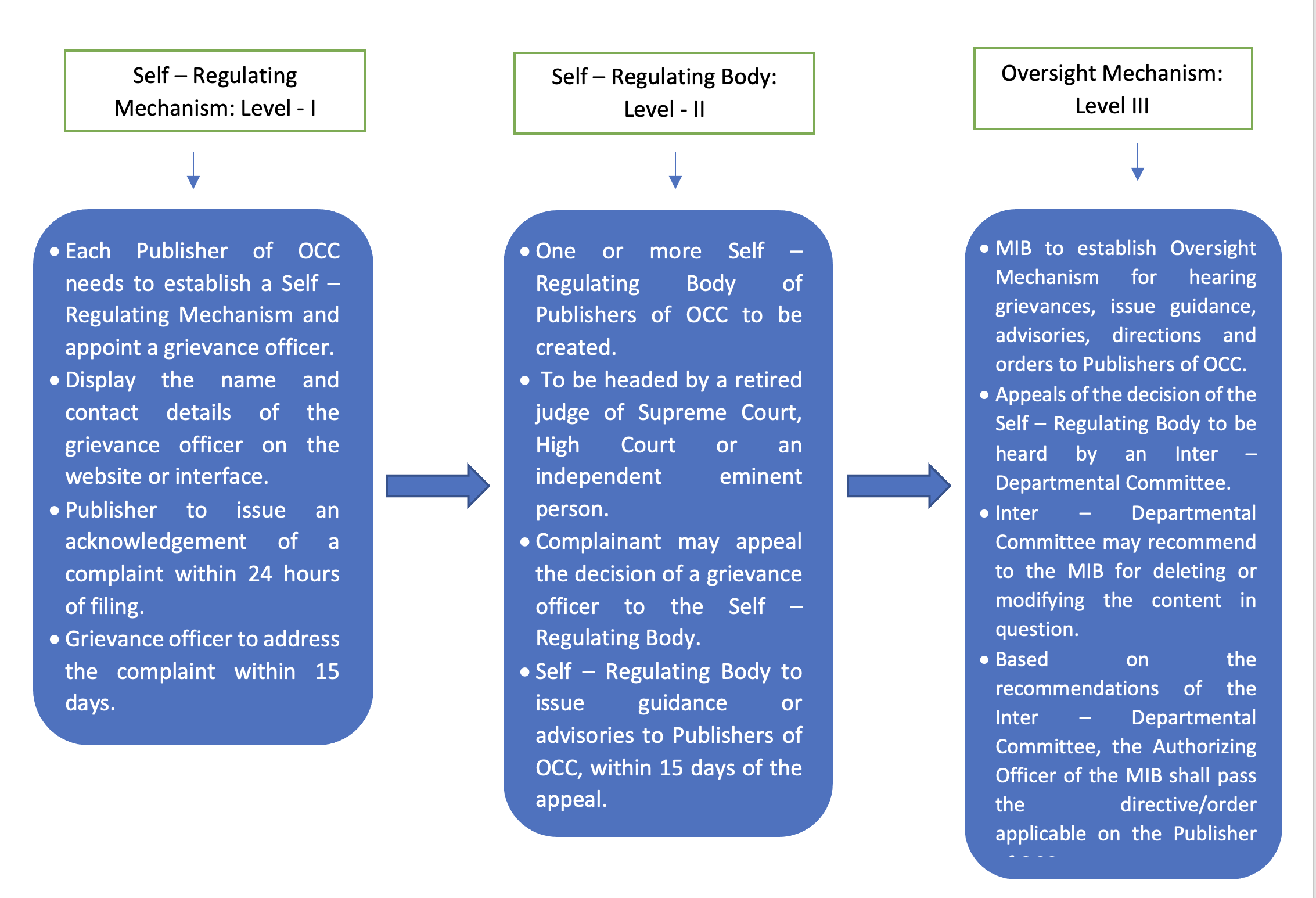
Online Curated Content (OCC): Code of Ethics under Information Technology (Intermediary Guidelines and Digital Media Ethics Code) Rules, 2021
Introduction
With the advent of digital media revolution in India, major Online Curated Content (“OCC”) publishers such as Netflix, Amazon Prime and Disney+ Hotstar have endeavoured to curate more creative and thought provoking content as an alternative to conventional formats.
However, the content introduced by these OCC providers have brought its associated share of controversies and legal issues arising from attempts at government control and freedom of expression. On 4th September, 2020, 15 leading OCC providers agreed to adopt the Universal Self – Regulation Code for Online Curated Content Providers (“USRC”), which did not include the mechanism for hearing of appeals from the viewers and penalisation of the OCC providers for breach of the code.[1]
Initiation of Government Regulation
Under the circumstances, the Central Government promulgated the regulation to deal with the content published by the OCC providers vide a notification[2] on 9th November, 2020, under Article 77 (3) of the Constitution which amended the Government of India (Allocation of Business) Rules, 1961, through which films and audio – visual media programmes made available by online curators was brought within the ambit of Ministry of Information and Broadcasting (“MIB”).
In furtherance of the aforementioned notification, the Ministry of Electronics and Information Technology (“MEITY”) recently released the Information Technology (Intermediary Guidelines and Digital Media Ethics Code) Rules, 2021[3] (“ Rules”). The Rules have brought substantial changes in terms of the compliances to be abided by the OCC providers. First and foremost, OCC providers have been termed as “Publisher of Online Curated Content”[4], thereby differentiating it from the generic ‘intermediary’ term used under the previous rules. Even though the Rules are issued by MEITY, the parts of the Rules pertaining to Publishers of OCC (Code of Ethics and Procedure and Safeguards in relation to Digital Media[5]) shall be administered by MIB, in accordance with the above notification.
The Code of Ethics[6], as provided under the Rules, requires the Publishers of OCC to adhere to the following procedures:
Content Classification
The OCC needs to be suitably classified for the audience, keeping in mind factors such as (a) Themes and Message, (b) Nudity, (c) Sex, (d) Language, (e) Drugs and substance abuse and (f) Horror. Classification of the OCC shall be U, U/A 7+, U/A 13+, U/A 16 + and A for the age groups of All, 7+, 13 – 15, 16 – 17 and 18+, respectively.
Age Verification Mechanism & Parental Locks
Publishers of OCC need to implement a reliable age verification mechanism for viewership of content that has been classified as A (Adult). In addition, they need ensure parental locks are made available for content that has been classified as U/A 13+ and higher.
Grievance Redressal Mechanism
Additionally, the Rules have created a three – tier grievance redressal mechanism[7] in order to ensure adherence of the provisions of Code of Ethics, as indicated below:
 Conclusion
Conclusion
As expected, the Rules have already run into trouble with the Supreme Court of India having implied the Rules to be ‘toothless’, holding that: –
“A perusal of the Rules indicate that the Rules are more and more in the form of guidelines and have no effective mechanism for either screening or taking appropriate action for those who violates the guidelines”.[8]
Additionally, the Kerala High Court[9] has issued notices to the Central Government on the petitions challenging the constitutional validity of the Rules on the precedent of the Supreme Court judgment in Shreya Singhal v Union of India which had struck down Section 66A of the IT Act on the grounds of vagueness and looseness. It has also been contended that the grievance redressal mechanism is violative of the principles of separation of power as there is no mechanism for the aggrieved publishers to appeal the decision of the Inter – Departmental Committee (Level – III).
Moreover, a plethora of judgments from the apex court such as (i) Samaresh Bose v. Amal Mitra[10], (ii) Ranjit D. Udeshi v. State of Maharashtra[11] and (iii) K.A. Abbas v. Union of India[12] have differentiated between obscenity and vulgarity, claiming a vulgar writing or art may not necessary be obscene as vulgarity may arouse feeling of disgust but obscenity deprives and corrupts the minds of those open to such immoral influences. Therefore, the basis on which the Code of Ethics have been premised, remains open to judicial scrutiny.
[1] https://www.medianama.com/2020/09/223-netflix-hotstar-amazon-iamai-self-regulation/
[2] http://egazette.nic.in/WriteReadData/2020/223032.pdf
[3]https://www.meity.gov.in/writereaddata/files/Intermediary_Guidelines_and_Digital_Media_Ethics_Code_Rules-2021.pdf
[4] Rule 2 (u)
[5] Part III
[6] Appendix – Code of Ethics
[7] Rule 10
[8] Aparna Purohit vs. State of Uttar Pradesh, SLP (Crl.) No. 1983/2021.
[9] Live Law Media Private Limited and others v. Union of India and another, W.P. (C) No. 6272 of 2021
[10] (1985) 4 SCC 289
[11] AIR 1965 SC 881
[12] (1970) 2 SCC 780








